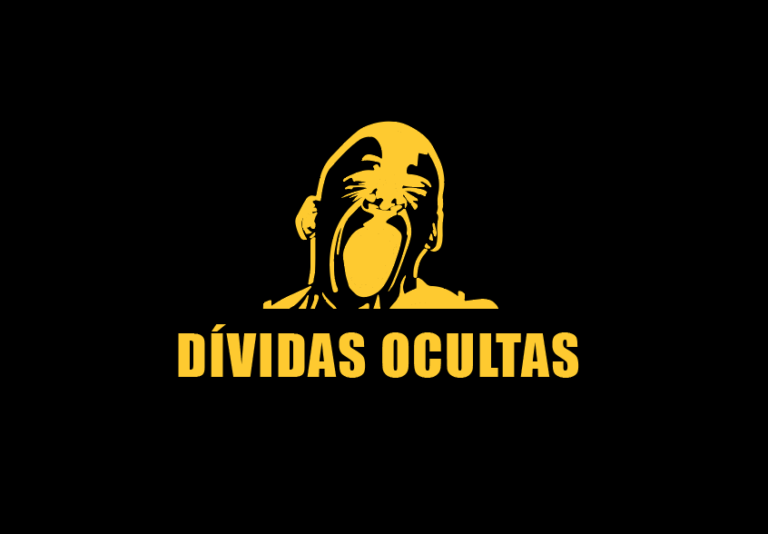
In 2013, European bankers, Middle East-based businessmen, politicians and senior Mozambican government officials conspired to organize a USD 2 billion loan to Mozambique – equivalent to 12% of the GDP of one of the poorest countries in the world. The loan was kept secret. None of the loan money, except bribes, went to Mozambique, nor were services created or equipment purchased for the benefit of the Mozambican people.
The aftereffects of such a massive corruption scandal may have already cost Mozambique USD 11 billion – almost the country's entire GDP in 2016 – and nearly 2 million people have been pushed into poverty. If Mozambique is forced to service this debt, there will be an additional USD 4 billion to pay, in addition to future detrimental impacts.
This report is an inventory of the enormous costs and consequences of the hidden debt scandal – measuring them in numbers wherever possible and tracing the chain of damaging events and trends that result. The impacts were economic (direct costs and damages), institutional (deterioration of the political-institutional environment) and social (decrease in well-being).

